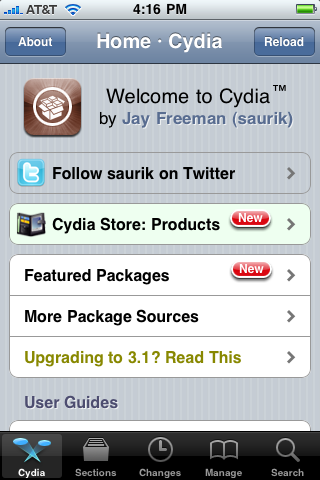First cool thing that everybody knows already: Mac OSX is based on Unix so you get ssh out of the box.
Sudo port install openssh +ssh-copy-id Installation using Curl. The following command can be used to install a Mac version directly. Note that as a general rule we do not recommend piping any commands from the network to the shell, like this does. Only use this method if you fully trust the source. The advantage of this method is that it does not need any special software - curl comes preinstalled. A serious security problem has been found and patched in the OpenSSH software. Two vulnerabilities have been discovered in OpenSSH on 14/Jan/2016. The OpenSSH project released an ssh client bug info that can leak private keys to malicious servers. A man-in-the-middle kind of attack identified and fixed in OpenSSH are dubbed CVE-2016-0777 and CVE-2016-0778. How do I fix OpenSSH's client.
Second cool thing you may not know: OS X 10.5 actually also comes with an ssh key agent (ssh-agent). That means that, without any additional software (like PuTTY Agent on Windows...), Mac OSX can actually load an encrypted private key into memory and remember it for all subsequent connections...
Mac Os X Installer Download
Third cool thing that almost seems too good to be true: ssh-agent can store the passwords of the encrypted keys into your keychain. Than means that you have to tell it once to remember the decryption password for your key(s) like this:
ssh-add -K .ssh/id_whatever_your_rivate_key_is
And next time you log into your mac and try to ssh somewhere, your private key will be loaded automagically (as long as your keychain is unlocked of course).
Very groovy!!
You generate an SSH key through macOS by using the Terminal application. Once you upload a valid public SSH key, the Triton Compute Service uses SmartLogin to copy the public key to any new SmartMachine you provision.
Joyent recommends RSA keys because the node-manta CLI programs work with RSA keys both locally and with the ssh agent. DSA keys will work only if the private key is on the same system as the CLI, and not password-protected.
About Terminal
Terminal is the terminal emulator which provides a text-based command line interface to the Unix shell of macOS.
To open the macOS Terminal, follow these steps:
Install Mac Os

- In Finder, choose Utilities from the Applications folder.
- Find Terminal in the Utilities listw.
- Open Terminal.
The Terminal window opens with the commandline prompt displaying the name of your machine and your username.
Generating an SSH key
An SSH key consists of a pair of files. One is the private key, which should never be shared with anyone. The other is the public key. The other file is a public key which allows you to log into the containers and VMs you provision. When you generate the keys, you will use ssh-keygen to store the keys in a safe location so you can bypass the login prompt when connecting to your instances.
To generate SSH keys in macOS, follow these steps:
Enter the following command in the Terminal window.
This starts the key generation process. When you execute this command, the
ssh-keygenutility prompts you to indicate where to store the key.Press the ENTER key to accept the default location. The
ssh-keygenutility prompts you for a passphrase.- Type in a passphrase. You can also hit the ENTER key to accept the default (no passphrase). However, this is not recommended.
You will need to enter the passphrase a second time to continue.
After you confirm the passphrase, the system generates the key pair.
Your private key is saved to the id_rsa file in the .ssh directory and is used to verify the public key you use belongs to the same Triton Compute Service account.
| Never share your private key with anyone! |
|---|
Your public key is saved to the id_rsa.pub;file and is the key you upload to your Triton Compute Service account. You can save this key to the clipboard by running this:
Importing your SSH key
Now you must import the copied SSH key to the portal.

- After you copy the SSH key to the clipboard, return to your account page.
- Choose to Import Public Key and paste your SSH key into the Public Key field.
- In the Key Name field, provide a name for the key. Note: although providing a key name is optional, it is a best practice for ease of managing multiple SSH keys.
- Add the key. It will now appear in your table of keys under SSH.
Install Openssh On Mac Os
Troubleshooting
You may see a password prompt like this:
This is because:
- You did not enter the correct passphrase.
- The private key on your Macintosh (
id_rsa) does not match the public key stored with your Triton Compute Service account. - The public key was not entered correctly in your Triton account.
What are my next steps?
Install Ssh On Mac
Right in the portal, you can easily create Docker containers, infrastructure containers, and hardware virtual machines.
In order to use the Terminal to create instances, set up triton and CloudAPI as well as the triton-docker commandline tool.
